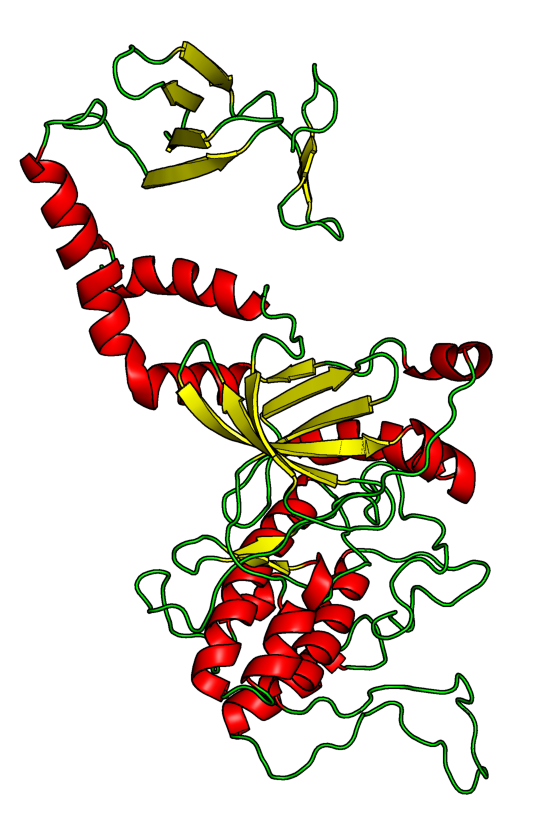There is a Native American or African belief that when one travels for long distance, the body moves physcially at a faster rate to the new geographic location, but the soul takes its own time to catch up [1, 2]. I am sure traveling to conferences at international venues, or a trip back home (journey from Americas to Asia) can cause severe jet-lag in most of us.
Well, I don’t know about souls, but I do know that being jet lag is the same as getting sick. It is ironic, that the protein responsible for this is called SIK1, short for Salt-inducible protein kinase 1. I don’t know what others are pronouncing it, I like to say it as ‘sick-one’! 🙂
Jagannath et al [3] in the latest issue of Cell reported the stealth activity of SIK1 acting on a negative-feedback mechanism. It inhibits another protein’s expression, called per1. It is part of the CRTC1 pathway The key mechanism is phosphorylation of the “core-clock proteins”, thus making a time-delayed process of adjusting. There is a logical reason as to why SIK1 would limit other protein’s function. Our human physiology has internal mechanisms that protect our functionality from sudden changes, specifically the one that have huge impact. In this case, even if the internal clock could get adjusted within a 24 hr cycle, there would be chaos as “multiple cell-autonomous circadian oscillators” would not have sped up to match.
![]() Using in-vitro and in-vivo methods Jagannath et al have found the key protein, that can be targeted. You might think “Wait. Didn’t you just now say that this a coping mechanism of the body?”. Yes, I did. There are people who suffer from circadian rhythm abnormalities called SCRD [4]. In such cases, patients suffer from impaired cognition, metabolic disorders, immune dysfunction and also cancer.
Using in-vitro and in-vivo methods Jagannath et al have found the key protein, that can be targeted. You might think “Wait. Didn’t you just now say that this a coping mechanism of the body?”. Yes, I did. There are people who suffer from circadian rhythm abnormalities called SCRD [4]. In such cases, patients suffer from impaired cognition, metabolic disorders, immune dysfunction and also cancer.
Here are SIK1’s Uniprot and NCBI links. It is a 783 amino acids long protein, where the N-terminus has the kinase domain, and the C-terminal part has a Arg-Ser rich region. That only the kinase domain could be homology-modeled was obvious. The C-terminal part lacking any homology to other sequences. The N-terminal looks like, after homology-modeling. Image made using PyMOL from ModBase model.
Here is the BBC report on this work.

Homology modeled N-terminal of SIK1
References:
- http://womenswritingcenter.wordpress.com/2009/06/01/waiting-for-my-soul-to-catch-up/
- http://teacherleaders.typepad.com/tln_teacher_voices/2006/06/letting_our_sou.html
- Aarti Jagannath, Rachel Butler, Sofia I.H. Godinho, Yvonne Couch, Laurence A. Brown, Sridhar R. Vasudevan, Kevin C. Flanagan, Daniel Anthony, Grant C. Churchill, Matthew J.A. Wood, Guido Steiner, Martin Ebeling, Markus Hossbach, Joseph G. Wettstein, Giles E. Duffield, Silvia Gatti, Mark W. Hankins, Russell G. Foster, & Stuart N. Peirson1 (2013). The CRTC1-SIK1 Pathway Regulates Entrainment of the Circadian Clock Cell, 154 (5), 1100-1111 DOI: 10.1016/j.cell.2013.08.004
- http://en.wikipedia.org/wiki/Circadian_rhythm_sleep_disorder#Circadian_rhythm_abnormalities
- http://www.ncbi.nlm.nih.gov/gene/150094
- http://www.uniprot.org/uniprot/P57059
- http://www.bbc.co.uk/news/health-23880152

